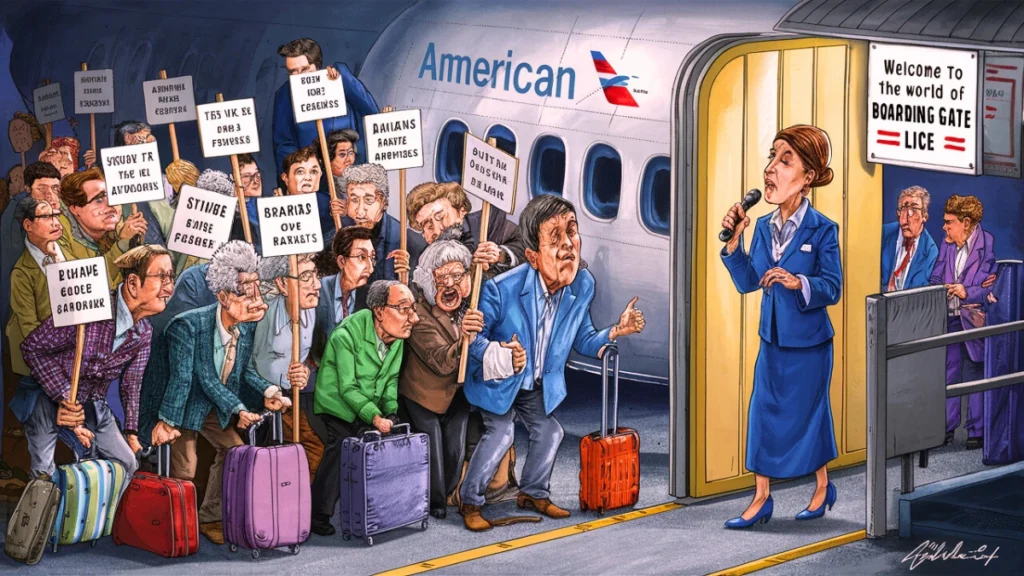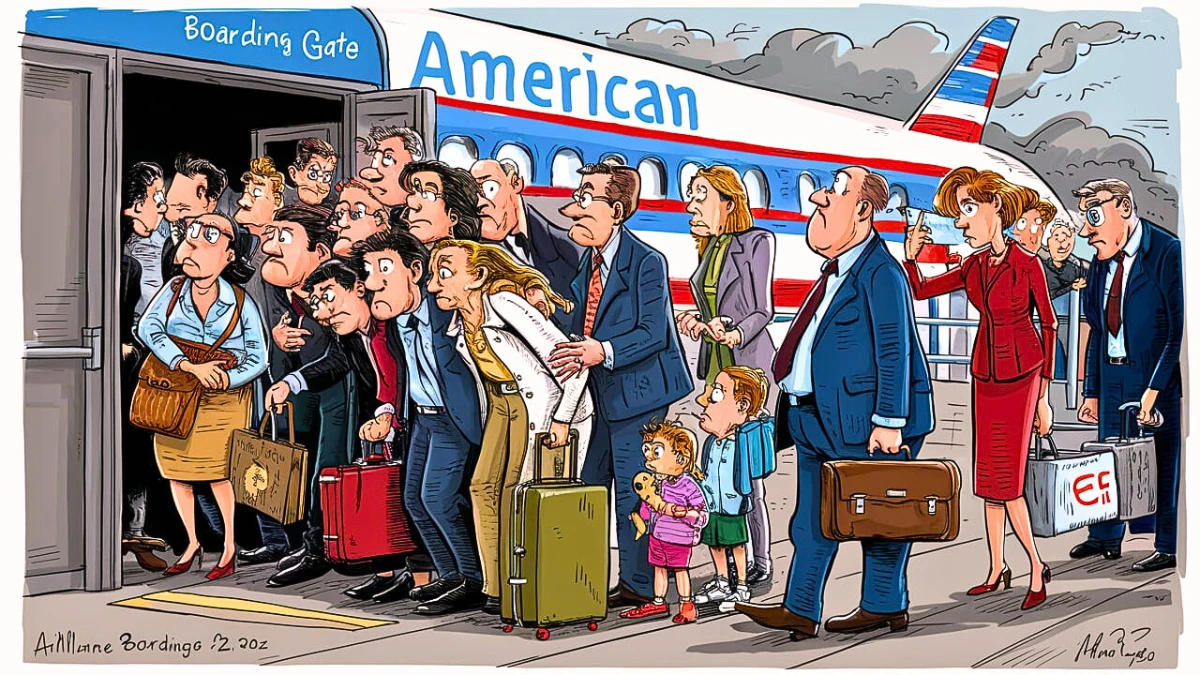Introduction
Recent discussions about hygiene in public spaces have raised questions about the risk of lice at American Airlines boarding gates. While no widespread incidents have been reported, travellers are rightfully cautious about avoiding pests like lice during their journeys. This guide unpacks how lice spread in crowded areas, American Airlines’ cleanliness measures, and actionable tips to ensure your travels remain itch-free.
How Lice Spread in Public Spaces (And Why Boarding Gates Are a Focus)
Understanding Lice Transmission
Lice are parasitic insects that thrive through direct human contact or by sharing personal items like hats, scarves, or headphones. While they can’t jump or fly, their rapid movement makes crowded areas, such as airport boarding gates, potential hotspots for transmission.
Boarding Gates: A Risk Factor?
Boarding gates see high foot traffic, with passengers often seated closely or leaning against shared surfaces. Though lice primarily spread via head-to-head contact, indirect transmission via upholstered seats or shared belongings is possible. However, lice survive only 24–48 hours away from a human host, reducing (but not eliminating) the risk in transit areas.
American Airlines’ Cleanliness Protocols: What You Should Know
American Airlines prioritises passenger safety through rigorous cleaning practices. Here’s how they mitigate health risks:
-
Enhanced Cleaning Procedures
-
High-touch areas (armrests, tray tables) are sanitised with EPA-approved disinfectants between flights.
-
Boarding gates and seating areas undergo nightly deep cleaning.
-
-
Partnerships with Health Experts
The airline collaborates with the CDC and other health organisations to update protocols, ensuring compliance with federal hygiene standards. -
Passenger Awareness Campaigns
Signage and announcements remind travellers to maintain personal hygiene and report concerns promptly.
While these measures reduce risks, personal vigilance remains critical.

Top 5 Tips to Avoid Lice While Travelling
Protect yourself with these practical steps:
-
Minimise Head Contact
-
Avoid leaning your head against shared headrests; use a travel pillow as a barrier.
-
Tie long hair up to reduce exposure.
-
-
Sanitise Personal Items
-
Wipe down headphones, hats, and scarves with alcohol-based wipes.
-
Store belongings in sealed bags when not in use.
-
-
Choose Seats Wisely
Opt for less crowded areas of the boarding gate or request a seat change if nearby passengers exhibit suspicious behavior (e.g., frequent scratching). -
Post-Travel Checks
Inspect your hair and scalp after flights, especially if you experience itching. Use a fine-toothed comb for early detection. -
Educate Children
Kids are more susceptible to lice. Teach them to avoid sharing hair accessories or touching others’ heads.
What to Do If You’re Exposed to Lice
Recognizing Symptoms
-
Persistent scalp itching
-
Visible nits (eggs) or adult lice near the hairline
Immediate Actions
-
Isolate Belongings
Seal clothing and luggage in plastic bags to prevent spreading lice at home. -
Use Over-the-Counter Treatments
Products like Nix or Rid can eliminate lice. Follow instructions carefully. -
Notify American Airlines
Contact customer service to report the issue. While rare, this helps the airline address potential hygiene gaps.
Medical Consultation
If over-the-counter remedies fail, visit a healthcare provider for prescription solutions.
Debunking Myths About Lice and Air Travel
-
Myth 1: “Lice thrive on aeroplane seats.”
Fact: Lice need human blood to survive and rarely linger on inanimate objects long-term. -
Myth 2: “Lice indicate poor airline cleanliness.”
Fact: Lice outbreaks are typically tied to person-to-person contact, not facility cleanliness.
Stay Informed, Stay Protected
While the risk of encountering lice at American Airlines boarding gates is low, informed travellers can minimise risks through proactive hygiene habits. By understanding how lice spread, leveraging the airline’s cleaning protocols, and following the tips above, you can focus on enjoying your journey, not scratching your head.
Have a travel health question? Share your concerns in the comments or explore our guides on [aeroplane hygiene best practices] and [CDC-recommended lice treatments].
References (Sources)
-
Centres for Disease Control and Prevention (CDC) – Lice Transmission & Prevention Guidelines
-
American Airlines – Clean Commitment Program
-
American Academy of Dermatology – Lice Prevention & Treatment
-
U.S. Food and Drug Administration (FDA) – Lice Treatment Product Safety
-
Mayo Clinic – Lice Diagnosis & Care


1 thought on “American Airlines Boarding Gate Lice: What Travelers Need to Know for Safe Travels”